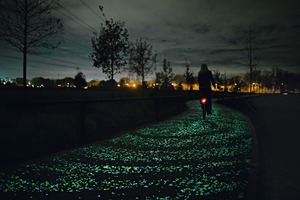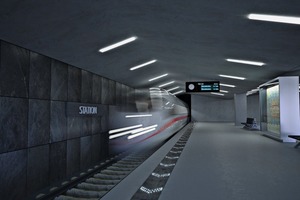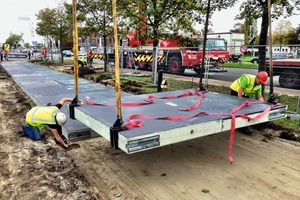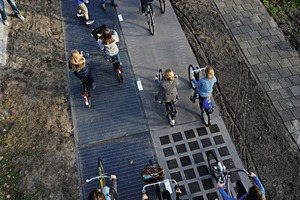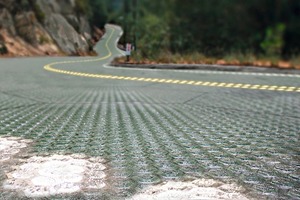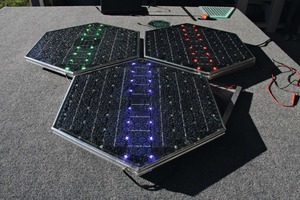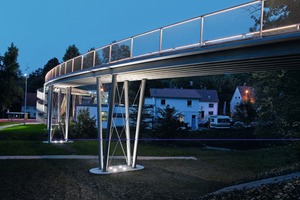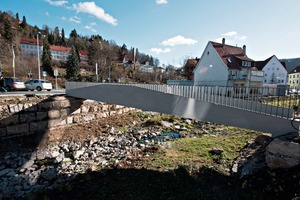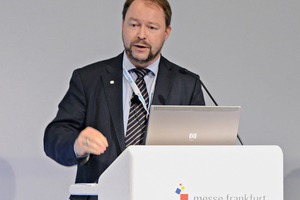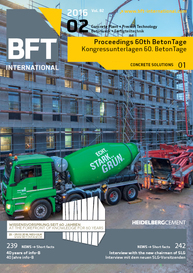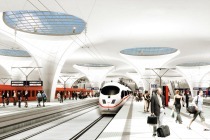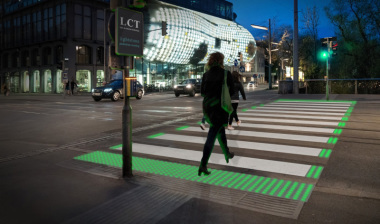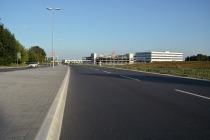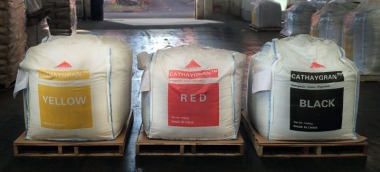Future research – Part III: new requirements for civil engineering
Following the presentation of the retropolation method in BFT International 07/2015 and Part II on building construction published in BFT International 11/2015, Part III of this series of articles on research into the future deals with civil engineering. Which new frameworks, infrastructural designs and concepts for use are emerging on the horizon?
Be it roads, water and wastewater, or new functional systems: a multitude of emerging requirements will add new practical options to the future of civil engineering. Textile-reinforced concrete is one of the innovative, market-ready materials in this regard.
Mobility is one of the prime examples where innovative solutions are being sought. New vehicle “form factors” will determine the scenario; these will vary according to distances to be overcome. In the short-distance range, there will be an increasing share of one- or two-wheel rental solutions that are either electrically driven or rely on...


